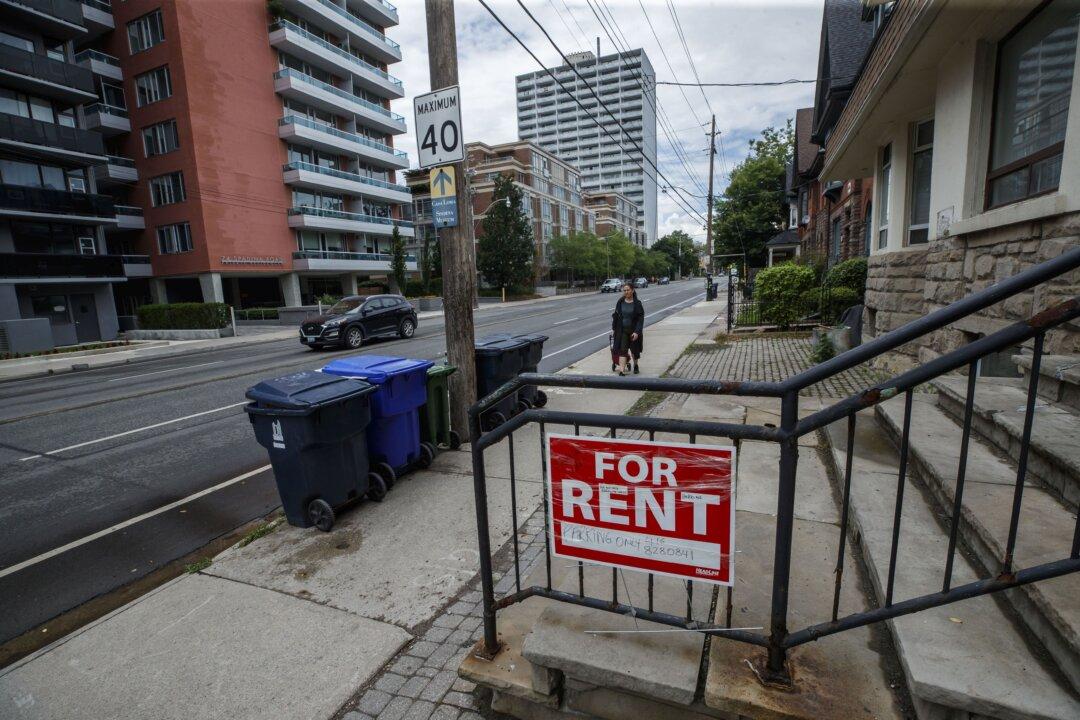Commentary
Conservative Leader Pierre Poilievre is now stepping into the immigration numbers debate, with a proposal to tie the number of newcomers welcomed to Canada with the ability of housing and infrastructure to support them.

Conservative Leader Pierre Poilievre is now stepping into the immigration numbers debate, with a proposal to tie the number of newcomers welcomed to Canada with the ability of housing and infrastructure to support them.